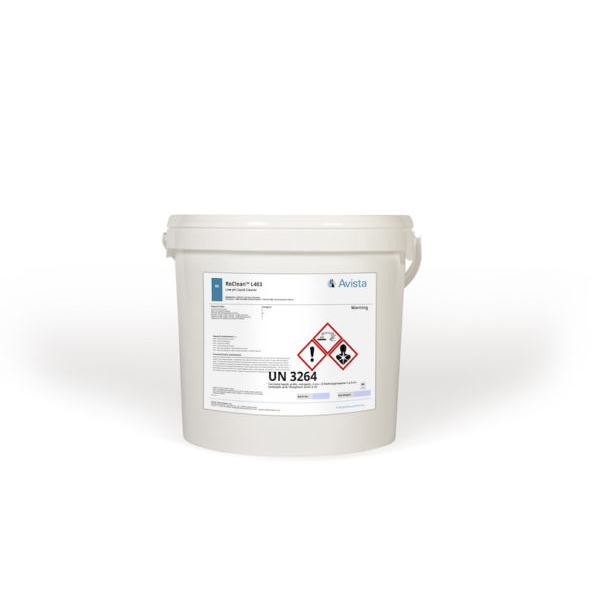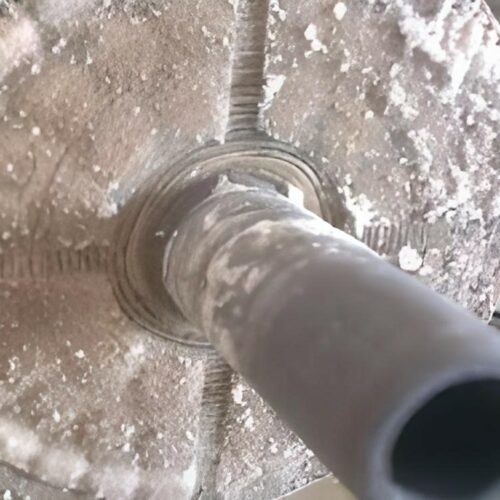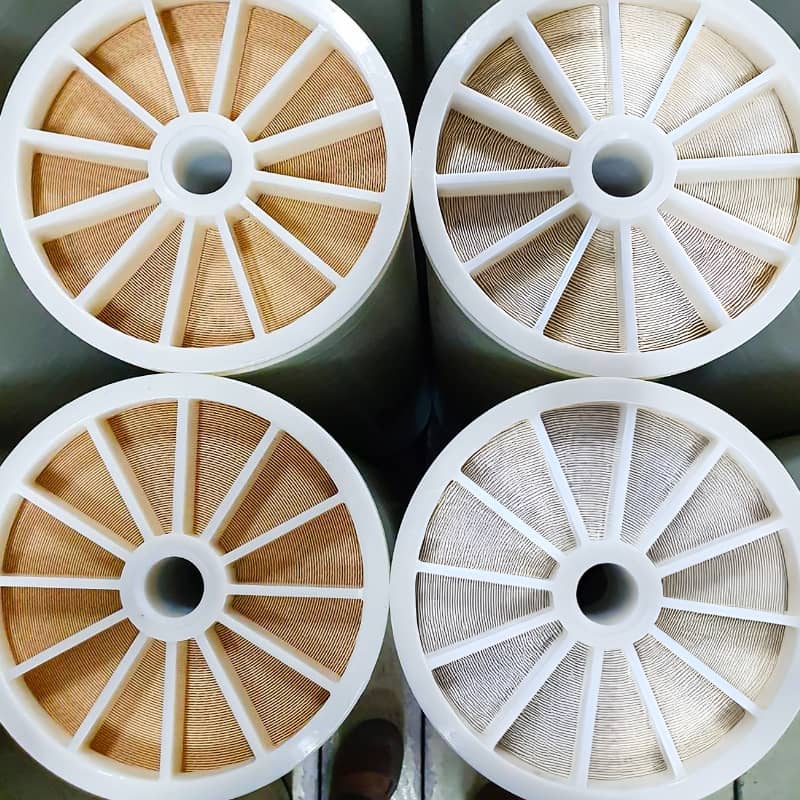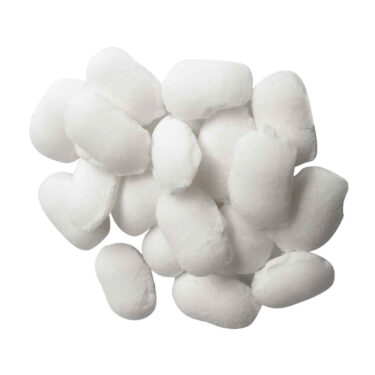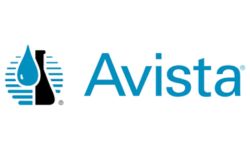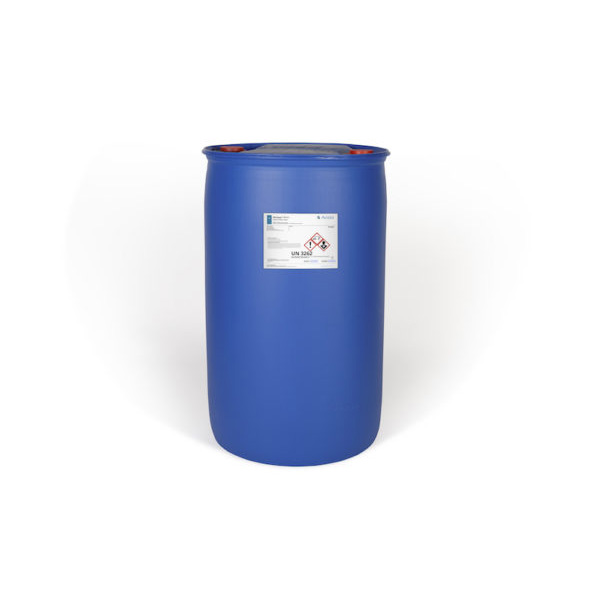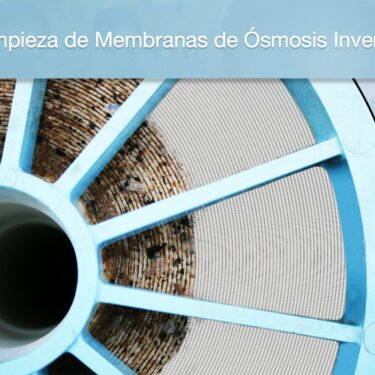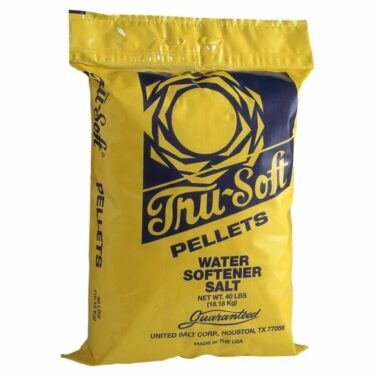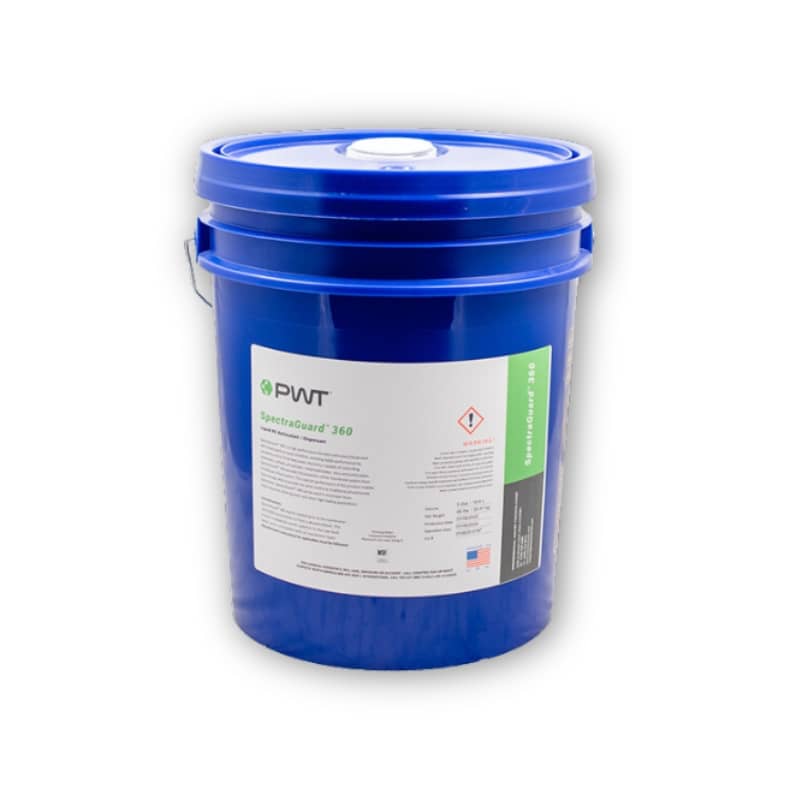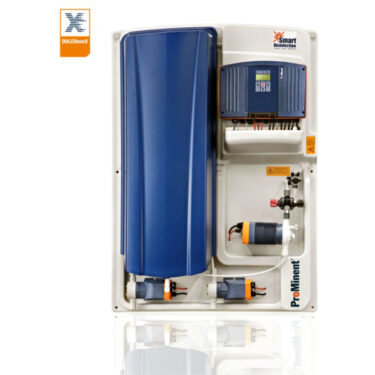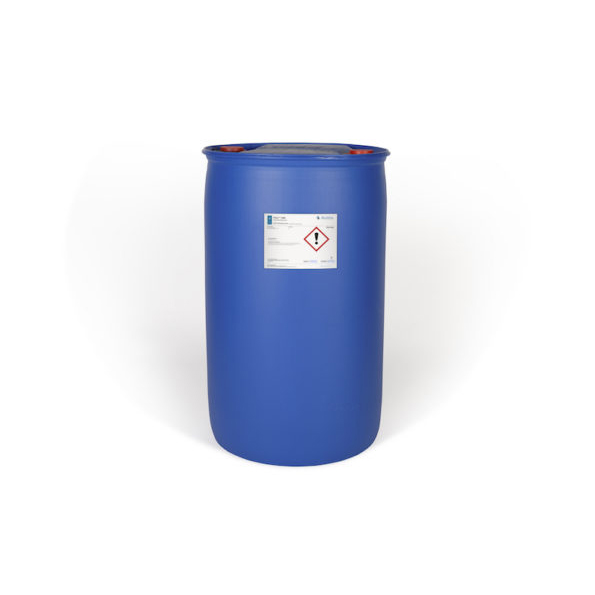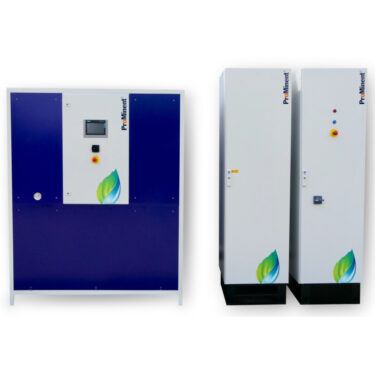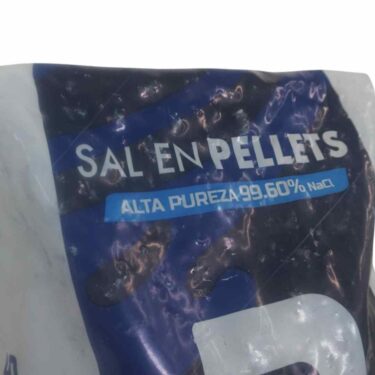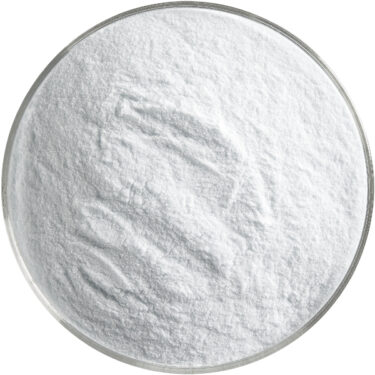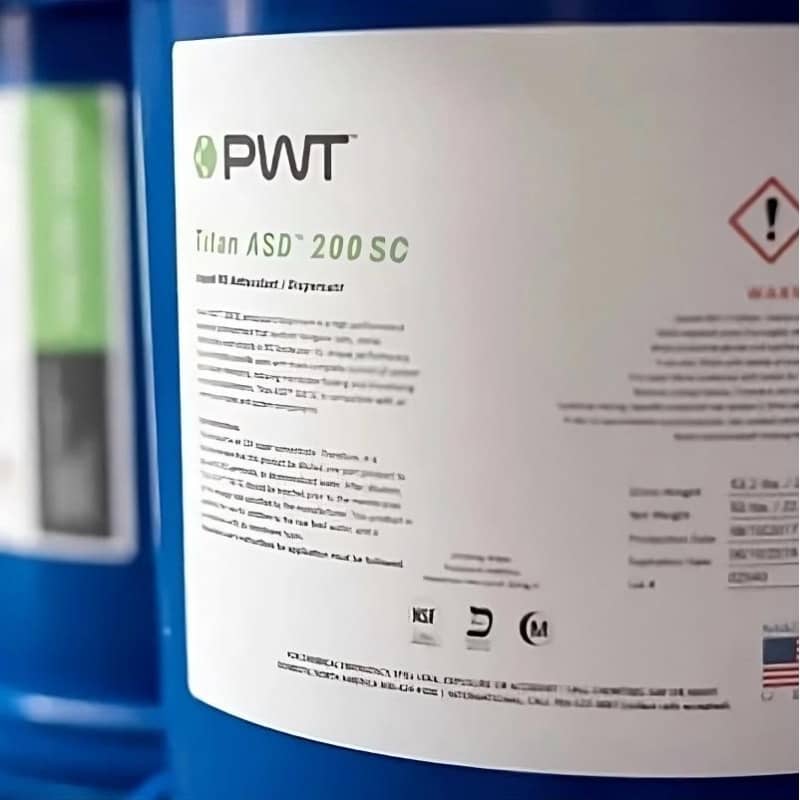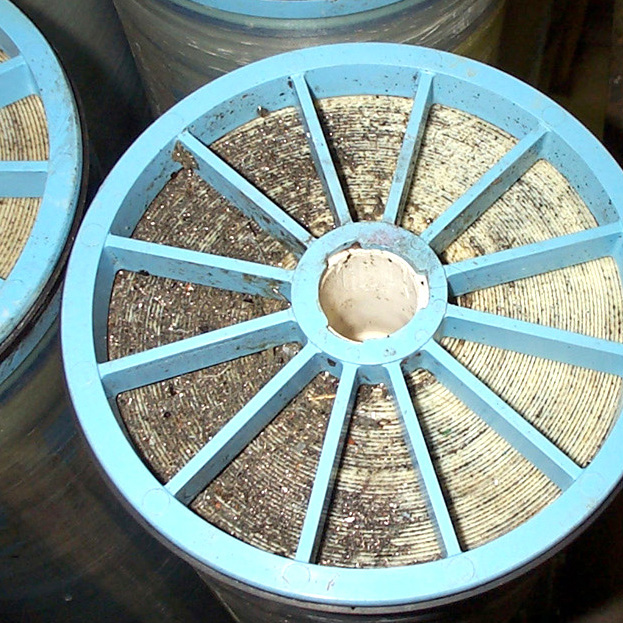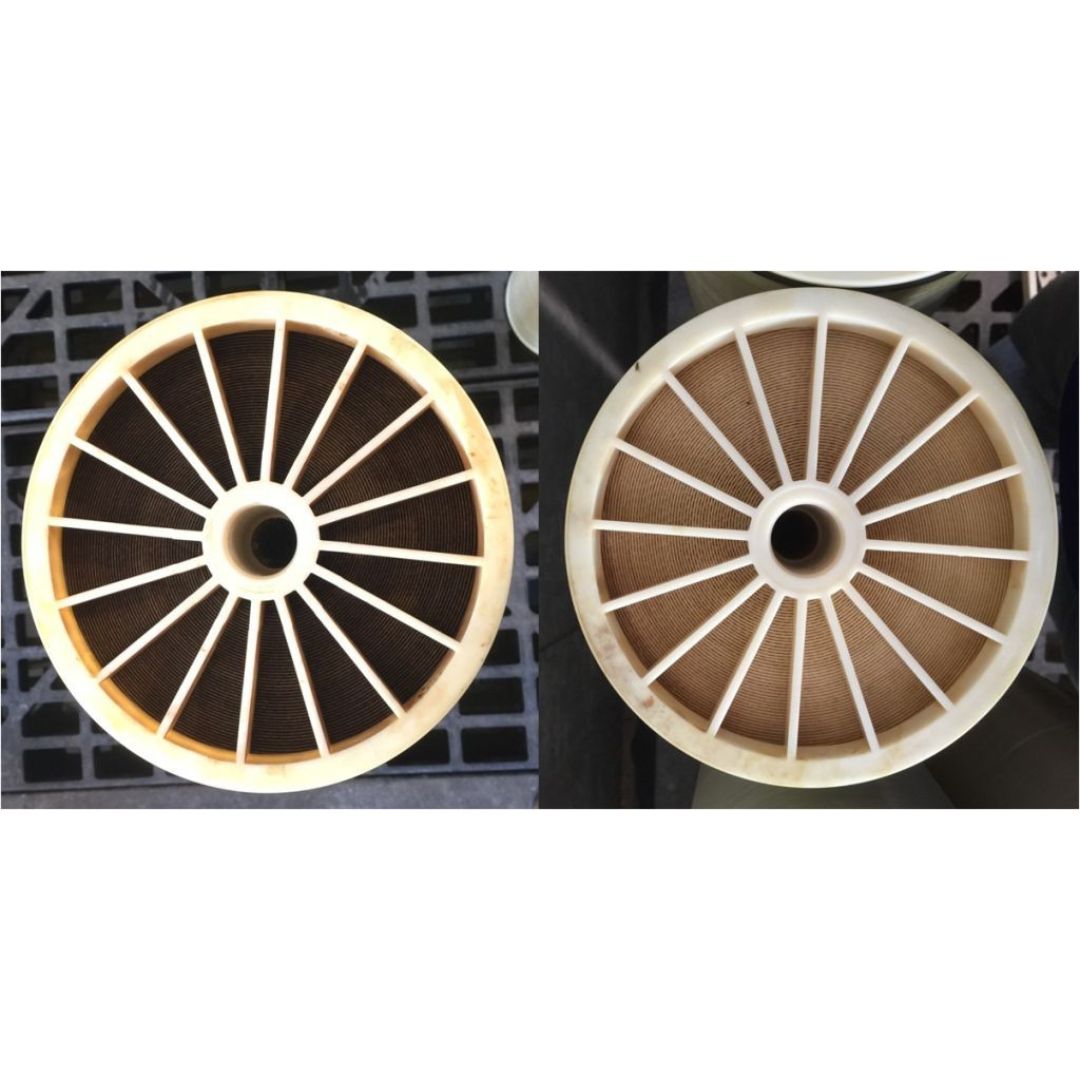Description
Avista RoClean L403 calcium carbonate (CaCO3) and metal scale reverse osmosis membrane cleaner for calcium carbonate (CaCO3) and metal membranes
RoClean L403 is a multi-component, low pH liquid cleaner specifically formulated to removesevere calcium carbonate (CaCO3) fouling, as well as moderate metal and metal-organic complex contamination. This product is the premium solution for systems operating with potable water, seawater, brackish water or wastewater, excelling as a highly effective contaminant remover, yet gentle enough for daily applications if needed. NSF approved, RoClean L403 guarantees not only effective cleaning but also safety in its application for water treatment.
Key Benefits of the RoClean L403
- Specialized formula: RoClean L403 combines a specialized blend of buffers and chelators designed to dissolve metal deposits, providing an effective solution against hard-to-treat scale.
- Effective low pH cleaner: Acts effectively against calcium carbonate scale and is highly buffered to resist changes in pH during the cleaning process, maintaining its effectiveness throughout the entire process.
- Universal compatibility with polyamide membranes: Compatible with polyamide membranes from all manufacturers, RoClean L403 offers a versatile solution for a wide range of reverse osmosis systems.
- Combined use with other Avista™ cleaners: Can be used in conjunction with other Avista™ cleaners for more thorough and targeted cleaning according to system needs.
Applications and use of RoClean L403
RoClean L403 is ideal for reverse osmosis systems that face significant challenges with calcium carbonate (CaCO3) scale and metal contamination common in seawater, brackish water and wastewater treatment. Its liquid formulation facilitates its application and handling, offering a powerful and effective solution for membrane maintenance.
Advantages for the user
Do you struggle with calcium carbonate scale and metal contamination in your reverse osmosis system? RoClean L403 offers a powerful and safe solution designed to restore the performance of your membranes and prolong their life. With its advanced formula and approval for use in water treatment, RoClean L403 not only effectively cleans your system, but also ensures the safety and quality of the treated water. Experience the difference RoClean L403 can make in your operation. Get your reverse osmosis system back up and running at peak performance today with RoClean L403!
Performance advantages
These advantages make RoClean L403 an outstanding solution for the maintenance and cleaning of reverse osmosis systems, offering safe, effective and adaptable cleaning for the management of carbonate scale and metal contamination, optimizing system performance and extending membrane life.
Proper dilution and injection of Avista’s RoClean L403 membrane cleaner are crucial steps to ensure cleaning efficiency in reverse osmosis systems. Although I do not have access to specific up-to-date details beyond my last update, I can provide you with general guidance based on common practices for dilution and injection of membrane cleaners. For detailed and specific instructions, it is essential to consult the product data sheet and the manufacturer’s recommendations.
What is the proper procedure for using RoClean P111?
Cleaning
An overview of the cleaning process using RoClean L403 is detailed here. For more information, see our technical bulletin “Reverse osmosis or nanofiltration membrane cleaning”.
- Proceed to fill the cleaning tank to the required volume with reverse osmosis (RO) permeate or deionized water. Increase the temperature of the solution to the limit recommended by the membrane manufacturer, as this considerably enhances the cleaning efficiency. Incorporate RoClean L403 at the rate necessary to achieve a 2% solution by weight for moderate to severe soiling, or 1% by weight for light soiling. Ensure proper mixing by recirculating the solution through the cleaning tank.
- Run the cleaning solution through each stage of the RO system sequentially, spending a minimum of 60 minutes on each at the membrane manufacturer’s suggested flow rate. If this speed is not known, follow these recommendations:
Element diameter (Inches)Diaphragm bag flow (GPM m3/h)410 (2.4)840 (9.0) - In situations where the membranes show significant fouling and the recirculated cleaning solution becomes dark or cloudy, up to 15% of the solution volume should be removed. Elements particularly affected by fouling may improve with a period of immersion (up to 8 hours).
- It is important to monitor the pH of the solution throughout the cleaning process. If this remains within an acceptable range and the solution remains clear, it can be used for subsequent cleaning steps. In the rare case that the pH increases, prepare a new solution and repeat steps 1 to 4.
- After cleaning, proceed to rinse the membranes by circulating RO permeate through each of the pressure vessels. Subsequently, the system will be ready to be returned to service.
More information:
Avista Technologies Membrane Solutions Mexico
Other sources:
Acerda from Avista Technologies
For more information on how RoClean™ P112 can transform the maintenance of your reverse osmosis system.

